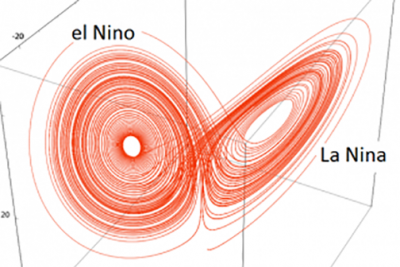Partial differential equations (PDEs) are one of the most fundamental tools for describing continuum phenomena in the sciences and engineering. Early work on PDEs, in the 1700s, was motivated by problems in fluid mechanics, wave motion, and electromagnetism. Since that time, the range of applications of PDEs has expanded rapidly. For example, PDEs are used in mathematical models of weather and climate, in medical imaging technologies, in the design of new composite materials, in models of elementary particle interaction and of the formation of galaxies, in models of cancerous tumor growth or of blood flow in the heart, in simulating semiconductor devices, in models of bacterial colonies, in models of financial markets and asset price bubbles, in describing the flocking behavior of birds and fish. PDEs also have played an important part in the development of other branches of mathematics, including harmonic analysis, differential geometry, probability, optimization and control theory. The phenomena described by PDEs are as complex as the world around us; the mathematical techniques needed to study PDEs are very diverse.
Many of the faculty in the Duke mathematics department conduct research on partial differential equations, using a variety of techniques. Some of this work focusses on the geometric structure of PDEs, on the analytical properties of their solutions, or on the way in which solutions depend on parameters. Some faculty are developing computer algorithms for approximating solutions to complicated PDEs. Other faculty are developing new mathematical models based on PDEs in the context of applications in fluid mechanics, photonics, materials science, and biology.















